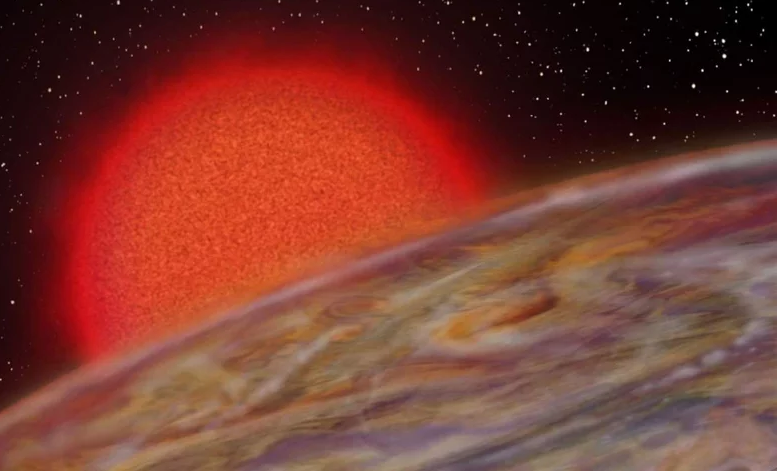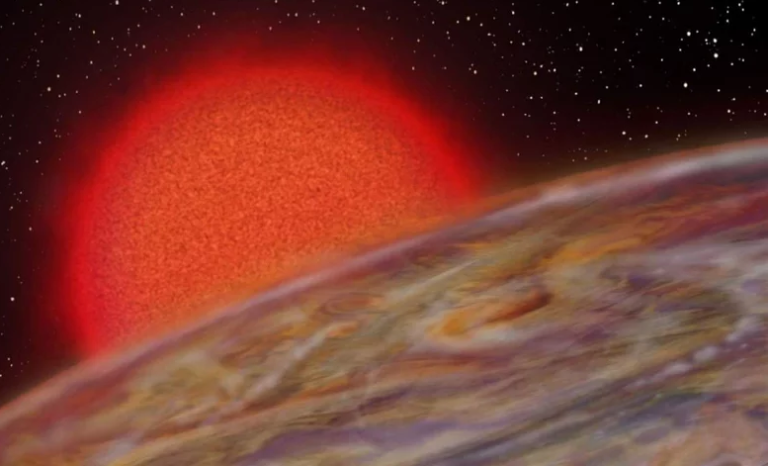These exoplanets are teetering on the verge of destruction
Planets outside of our solar system, or exoplanets, are now a popular topic in astronomy study. A team of scientists has found three exoplanets that are extremely hot and are circling their stars so closely that they may soon be swallowed up by them.
Three exoplanets have been examined by a team utilizing the High-Resolution Echelle Spectrometer (HIRES) instrument at the W. M. Keck Observatory on Maunakea, Hawaii, and it has been discovered that they are on the point of extinction. Some of the shortest period planets yet found orbiting stars of this kind include the planets TOI-2337b, TOI-4329b, and TOI-2669b, which are classified as short-period planets since they orbit near to their stars.

The planet TOI-2337b, which will be eaten in the next million years, is the one that is most in danger of being wiped out. It may seem like a long time, but in astronomical standards, it’s only a blink of an eye, making it the planet we’ve found that will become extinct the quickest.
These planet-hosting stars are giant or subgiant stars, which means they are luminous and are now or will soon grow to be bigger stars than main sequence stars like the sun. Planets that are in close orbit to their stars will spiral toward them over time, becoming increasingly hotter. This causes the atmospheres of the planets to expand and even increases the risk that more planets in the system may be attracted in and collision with one another.
In other words, examining the planets can inform scientists about how planetary systems have changed through time. According to Samuel Grunblatt, the study’s principal author, “These insights are essential to understanding a new area in exoplanet studies: how planetary systems change through time” (via Keck Observatory). These discoveries provide fresh perspectives on planets that are almost completely consumed by their home stars.
In 2018 and 2019, NASA’s TESS (Transiting Exoplanet Survey Satellite), a satellite-based planet-hunting telescope, made its initial discoveries of the three planets. The HIRES tool was then utilized by the researchers to gather further information about them. They discovered that the three planets are similar to Jupiter, with masses that range from 0.5% to 1.70% that of the gas giant and diameters that range from 0.6% to 1.60% of Jupiter’s size.
That indicates that the planets have highly diverse densities, ranging from “styrofoam-like” to three times the density of water, according to Keck Observatory. The variety in density indicates that the planets evolved differently and may have resulted from planet impacts.
To learn more, researchers will continue observing the planets with TESS to see if they can spot the planets beginning their inward spirals toward eventual destruction.
Do not forget to share your opinion with us to provide you with the best posts !




0 Comments